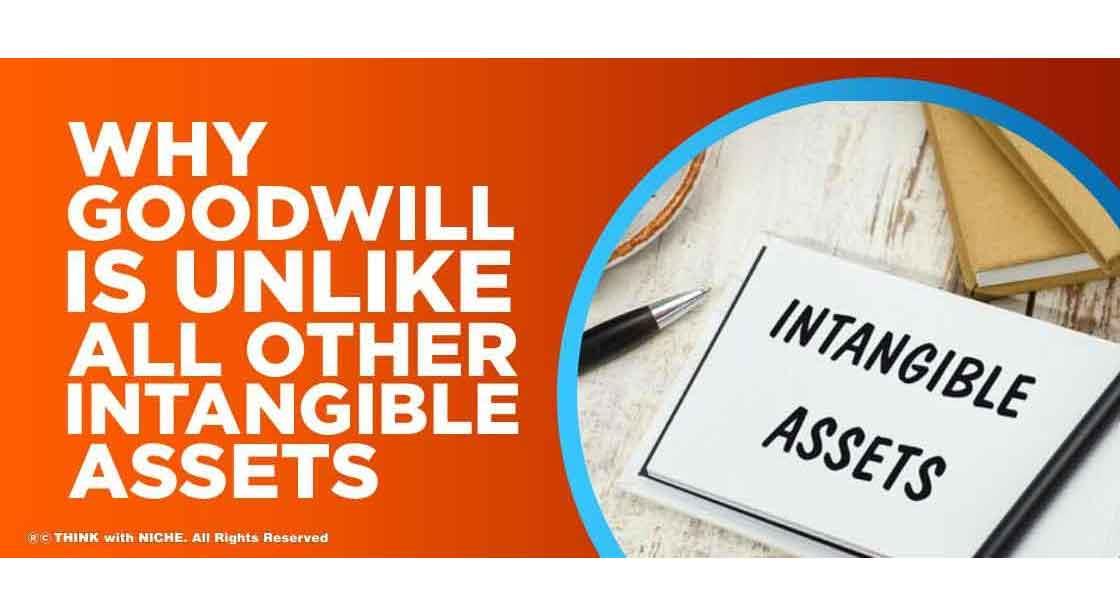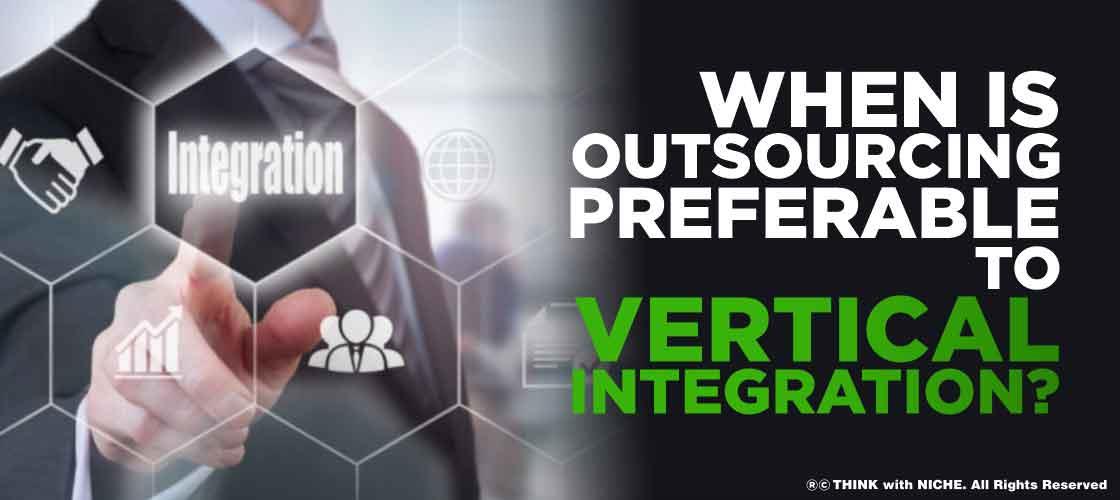Why Goodwill is Unlike all other Intangible Assets

Blog Post
Goodwill is computed by deducting the difference between the fair market value of the assets and liabilities from the company's purchase price. Proprietary or intellectual property, as well as brand recognition, are examples of non-quantifiable goodwill. #TWN
Goodwill is an intangible asset acquired when one company buys another. Goodwill is defined as the portion of the purchase price that exceeds the total of the net fair value of all assets acquired and liabilities taken during the transaction. The value of a company's brand name, a strong client base, good customer relations, good staff relations, and exclusive technologies are all factors that contribute to goodwill. In theory, quantifying goodwill is simple, but in fact, it may be extremely difficult. In a simple formula, deduct the net fair market value of identifiable assets and liabilities from the purchase price of a company to determine goodwill.
Example of Goodwill
If a firm buys Company ABC for $15 billion and the fair value of its assets fewer liabilities is $12 billion, the premium value after the transaction is $3 billion. This $3 billion will be recorded as goodwill on the acquirer's balance sheet. Take, for example, the combination of T-Mobile and Sprint, which was announced in early 2018. The transaction was valued at $35.85 billion as of March 31, 2018, according to an S-4 filing. The assets were worth 78.34 billion dollars, while the liabilities were worth $45.56 billion. The assets and liabilities are $32.78 billion out of sync. As a result, the goodwill of the transaction would be evaluated at $3.07 billion ($35.85 - $32.78), which is the difference between the fair values of the assets and liabilities.
Goodwill has Limitations
Goodwill is difficult to value, and when an acquirer pays less than fair market value for a company, negative goodwill can result. When the target company is unable or unwilling to negotiate a fair purchase price, this usually occurs. Negative goodwill is prevalent in troubled transactions and is recorded as income on the acquirer's income statement. There's also the potential of a formerly successful company going bankrupt. Investors remove goodwill from their residual equity calculations when this happens. The reason for this is that at the point of insolvency, the company's historical goodwill has no market worth.
Goodwill vs Other Intangibles
Other intangible assets are not the same as goodwill. Goodwill is a premium provided over fair market value during a transaction that cannot be bought or sold separately. Other intangible assets, such as licenses, can be purchased or sold independently in the meanwhile. Goodwill and other intangibles have a limited useful life.
Goodwill Calculation Controversies
Accountants have conflicting viewpoints on how to calculate goodwill. One possible reason is that goodwill acts as a form of accounting workaround. It is common since acquisitions sometimes include predictions of future cash flows and other factors that are unknown at the time of the transaction. While this may not seem like a big deal, it becomes one when accountants try to compare reported assets or net income between companies that have purchased other companies in the past and those that haven't.
Conclusion
Assessing goodwill is a challenging but vital skill for many investors. After all, examining a company's balance statement may make it difficult to determine whether its claimed goodwill is warranted. For instance, a company's goodwill may be based on the acquired company's brand awareness and customer loyalty. When reviewing a company's balance sheet, investors will check into what is underlying its stated goodwill to see if it will need to be wiped down in the future. In some cases, investors may assume that the underlying value of a company's goodwill is greater than what is reported on its balance sheet.
If you enjoyed reading this article, we have two more for you. Click on the link below to explore!

Fashion Jobs: What You Need to Know

When is Outsourcing Preferable to Vertical Integration?
You May Like
EDITOR’S CHOICE












